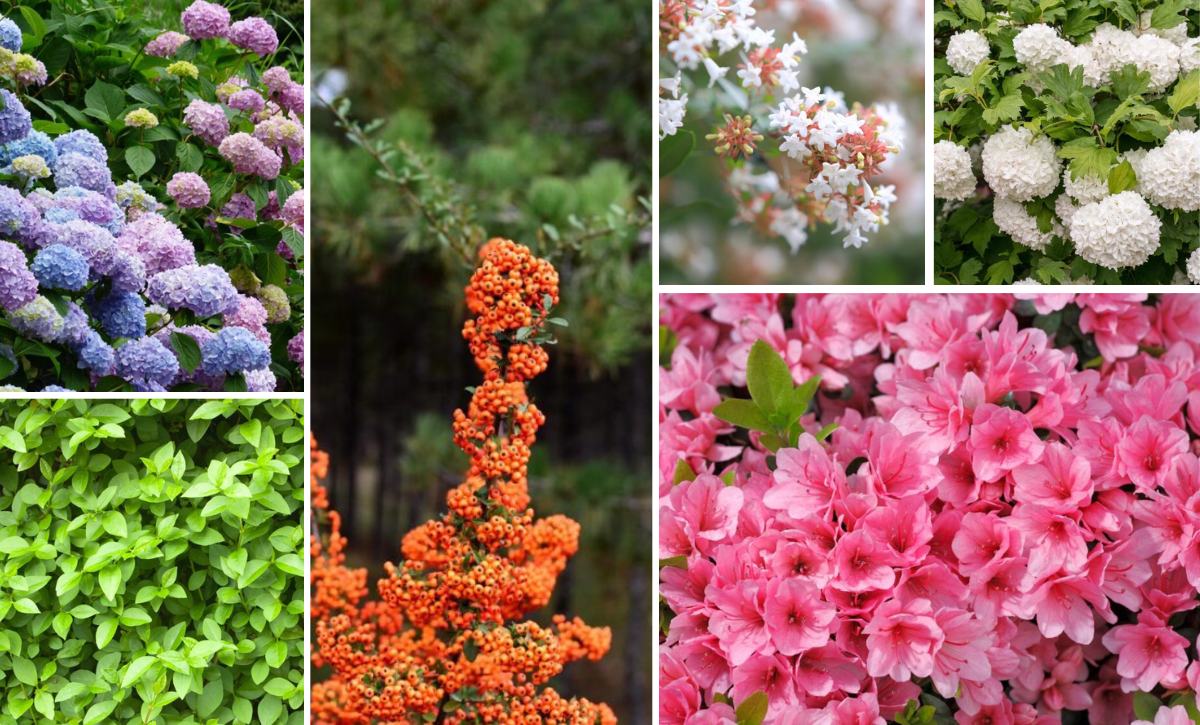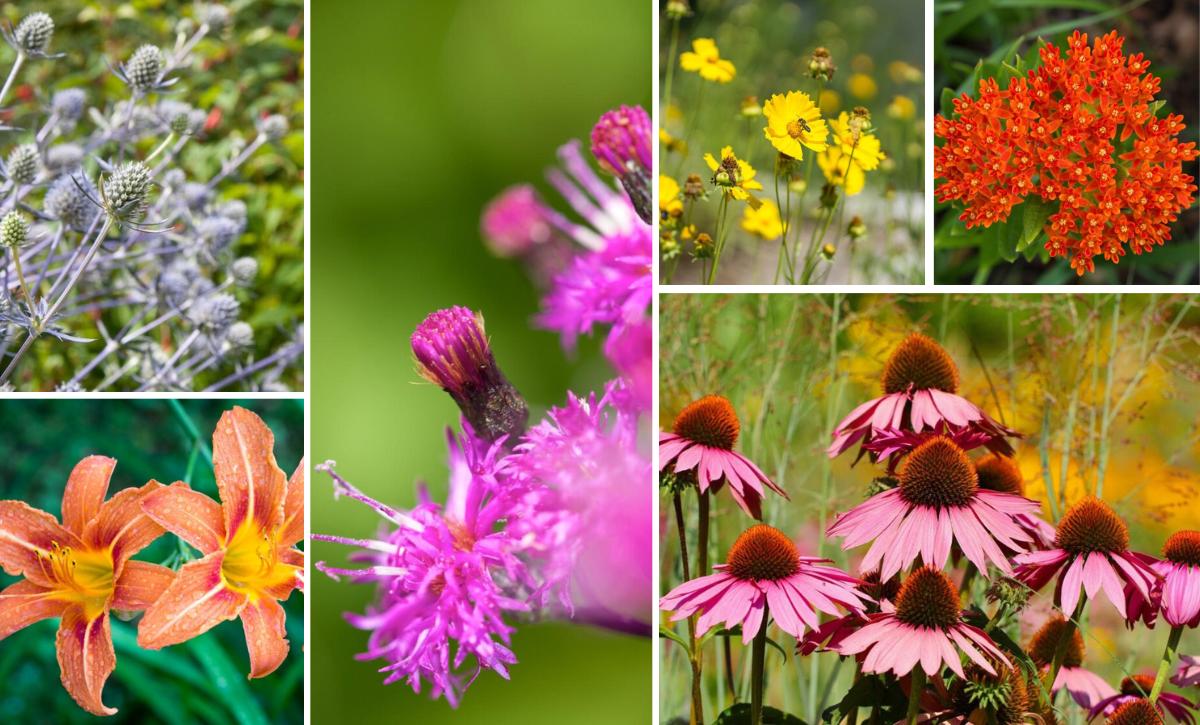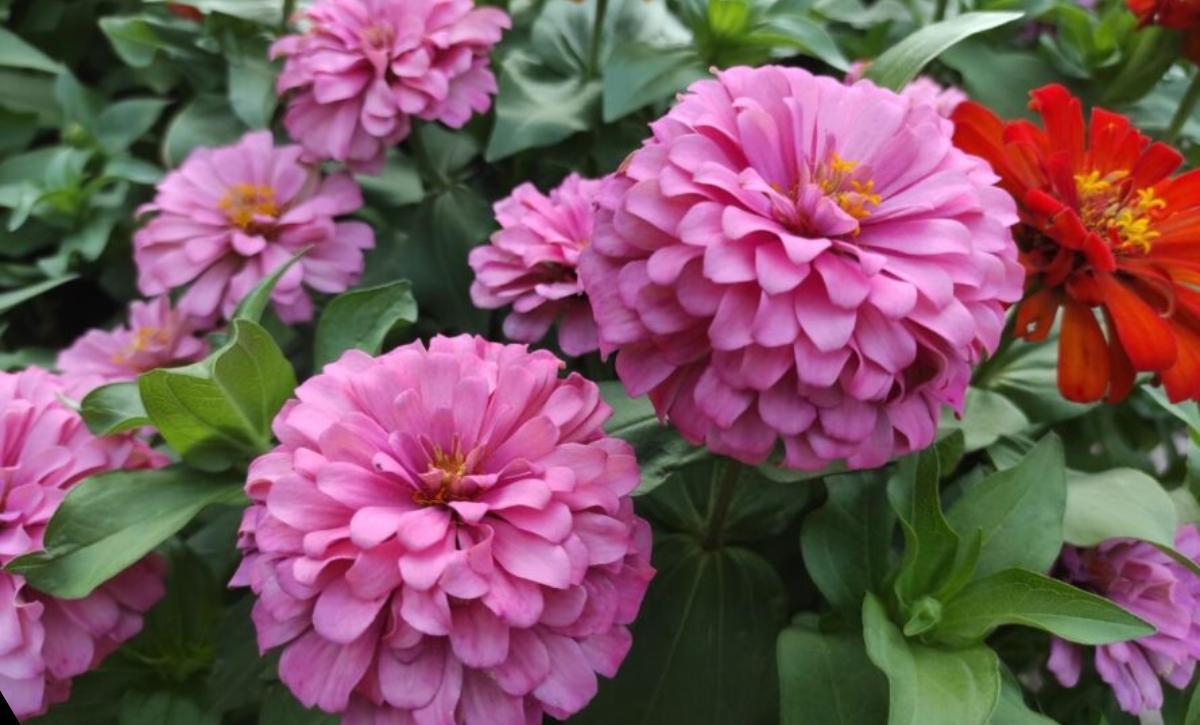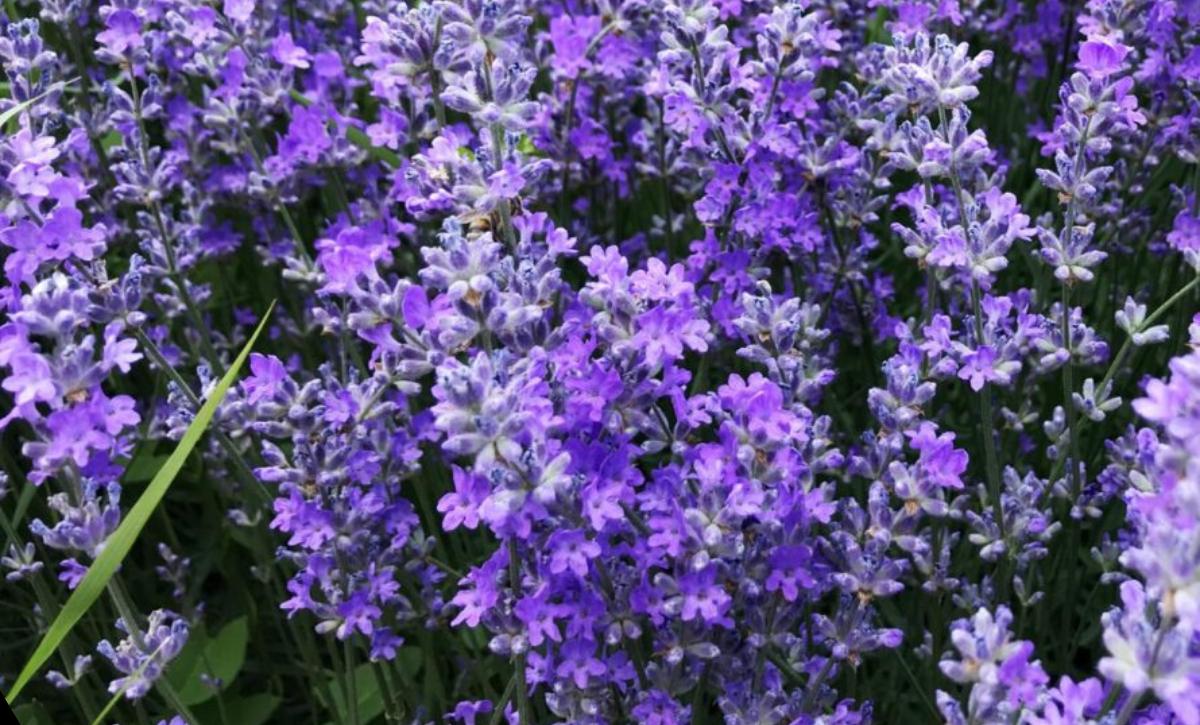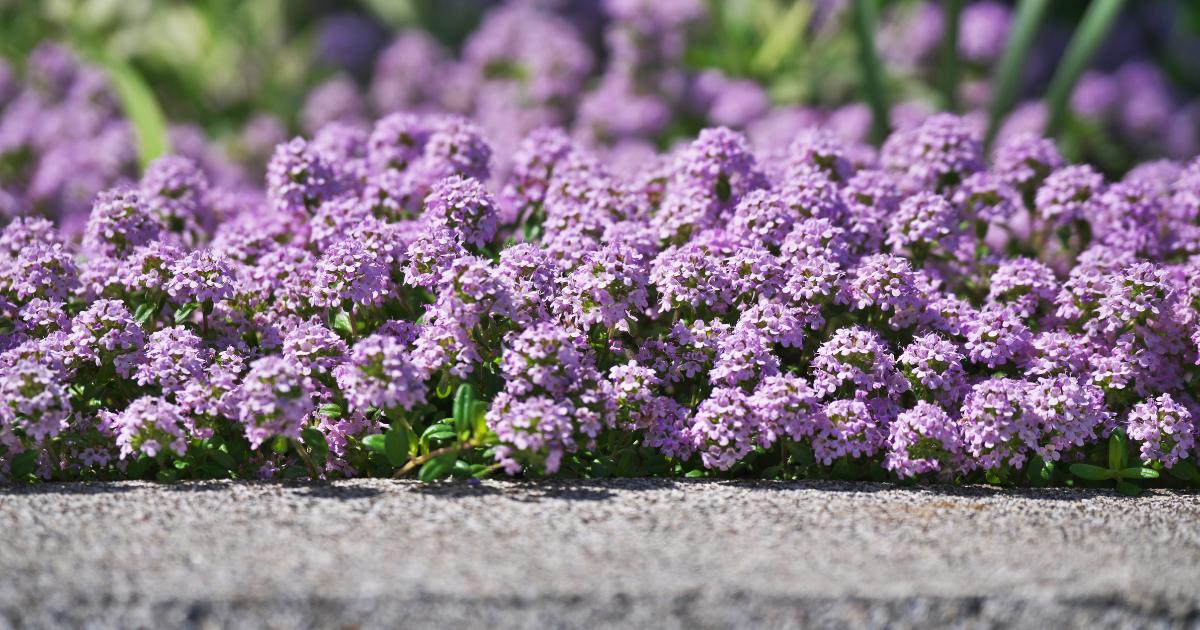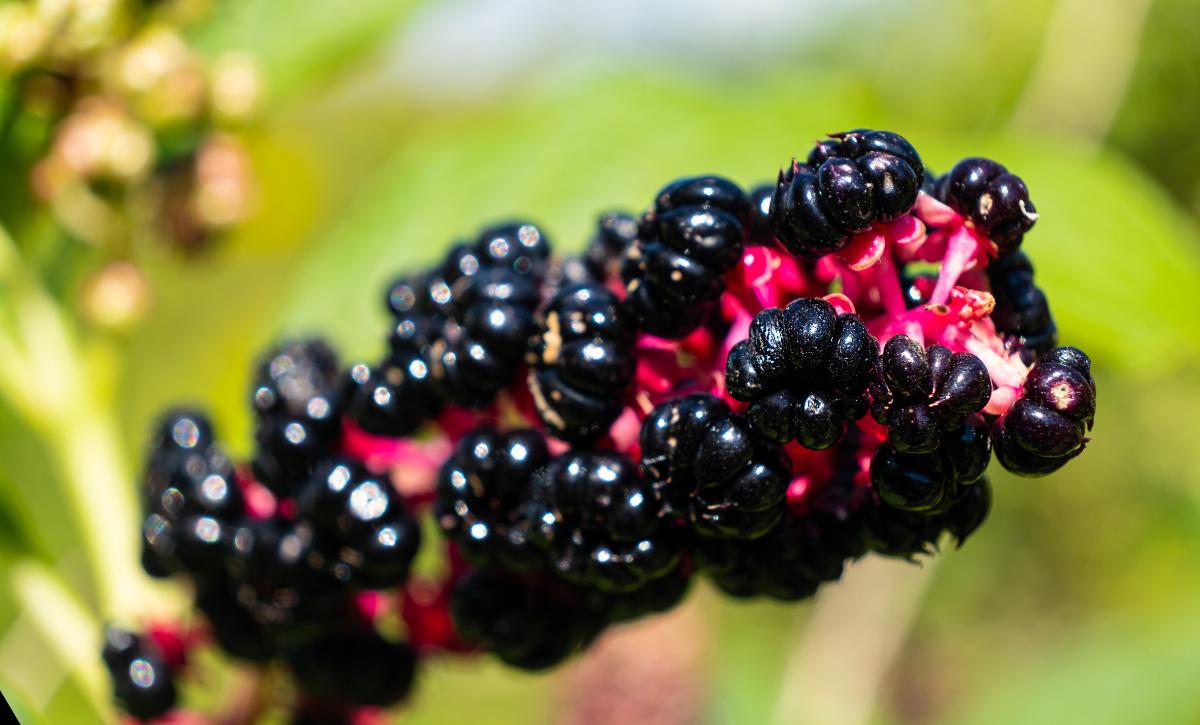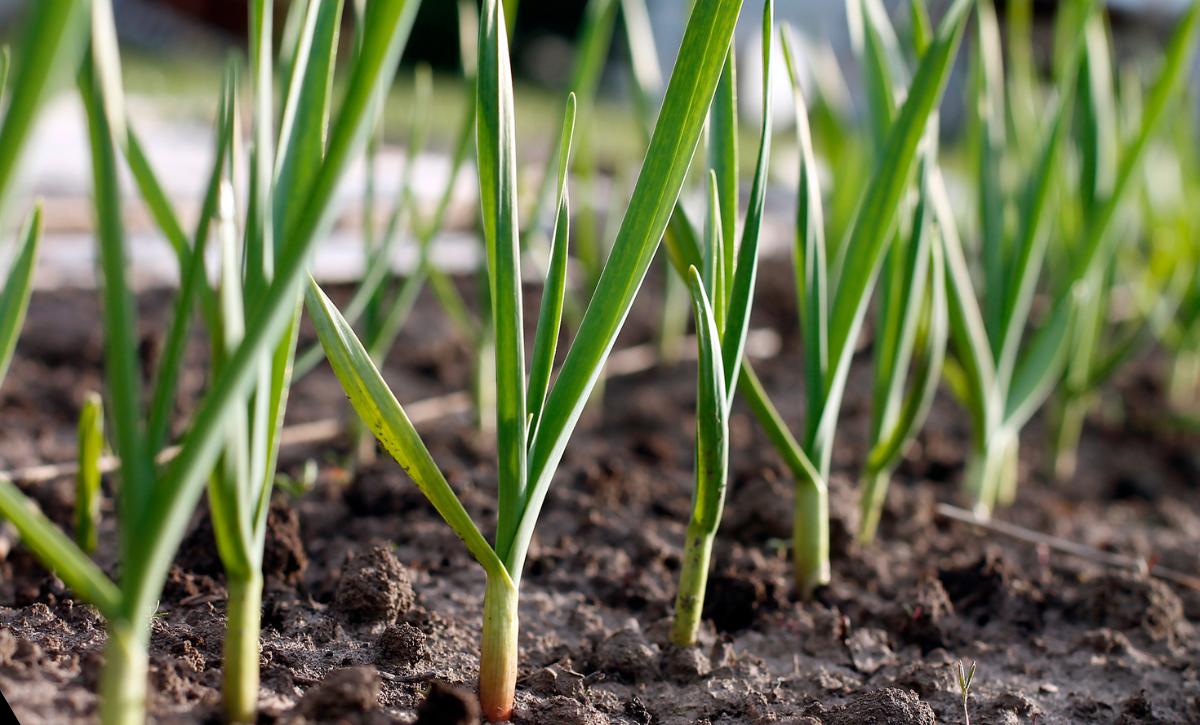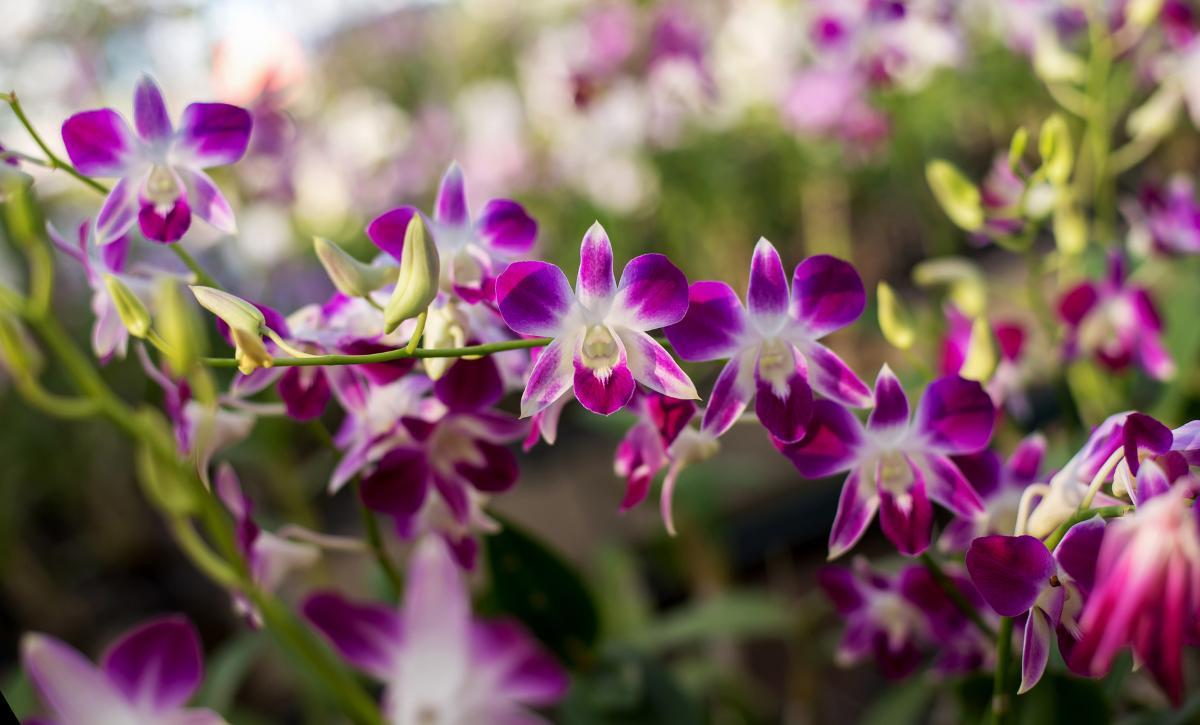Ogres are mythical creatures; we’ve only seen them in movies like Shrek!
If you fancy seeing an ogre in real life, then the Ogre ear succulent is as close as you can get to having one at home. This plant that’s also known as Shrek’s ears (and quite rightly so) is, in fact, far from ugly, unlike the misconception that is propagated in motion pictures.
The plant may go by different names in different parts of the world. Still, this interesting succulent is probably the first ogre (or rather ogre part) you won’t get tired of staring at.
Before we get into the thick of things with this plant, here are some facts about the Ogre ear succulent that you should be informed about.
| Family: | Crassulaceae |
| Genus: | Crassula |
| Scientific name: | Crassula Ovata |
| Common names: | Ogre ear, Crassula ovata Gollum Jade, Shrek’s ears, finger plants, ET’s fingers, Trumpet Jade plant |
| Native Habitat: | South Africa, Mozambique |
| Plant Type: | Succulent |
| USDA hardiness zones: | 9-10 |
Now let’s get down to it!
What Is An Ogre Ear Succulent?
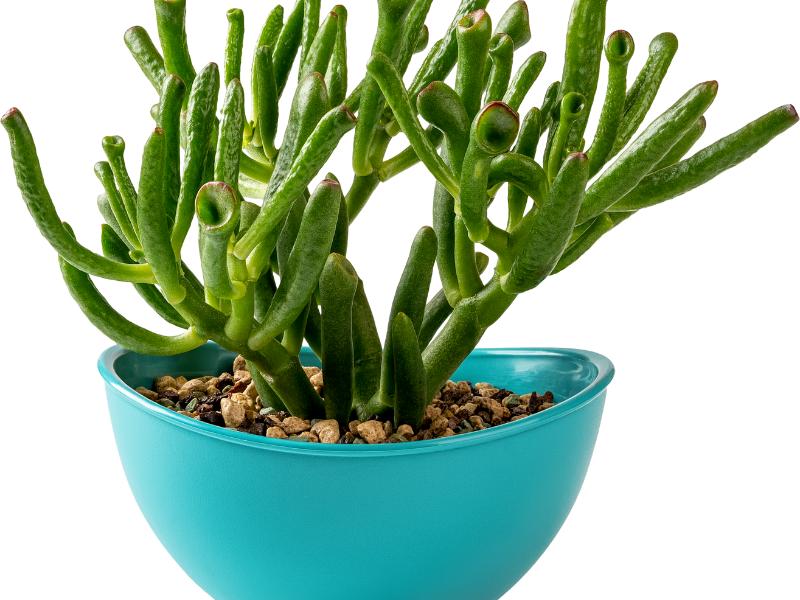
Let’s start with another movie analogy that explains the name of this plant. In the famed The Lord of the Rings movie by Peter Jackson, an adaptation of the famous fantasy novel by JRR Tolkien, there’s a character who is a deformed hobbit called Gollum. The Crassula ovata Gollum jade is a malformed variation of another plant in the Crassula genera known as the Crassula Ovata Jade Plant.
It’s important to note that the Gollum and Hobbit jade plants are entirely different, even though the two names are used interchangeably.
One of this plant’s most interesting features is the tubular and elongated leaves. The puckered ends of the leaves resemble a suction cup. They are still green, though, but with red tips.
The plant yields star-shaped flowers in white and pink.
A mature Gollum jade will grow to 30 inches in width and 23 inches in height if the plant is grown indoors. This herbaceous plant is low maintenance and will do well even with a little bit of neglect.
Another plant confused with the Ogre Ear is the Crassula ovata ‘ET’s Fingers.’ It’s, however, variegated and has orange and red tips.
The Crassula Ovata Gollum can be grown as an ornamental plant. It will combine well with aloe, Senecio, and Haworthia to make the perfect indoor décor.
How To Care For The Crassula Ovata Gollum Jade, AKA The Ogre Ear Succulent
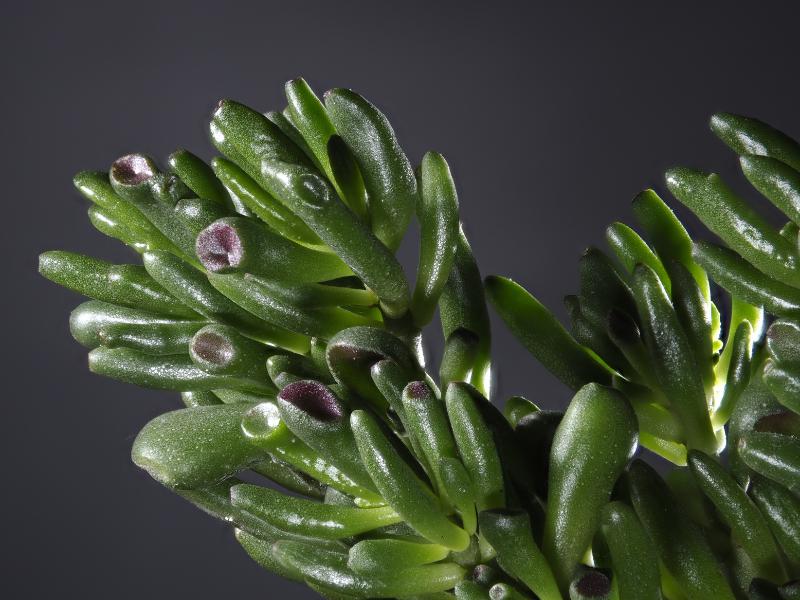
This plant has fairly low maintenance requirements. It can thrive in partial shade to full sunlight and also does well in moderate temperatures. It also needs well-drained soils and occasional fertilizing.
Here is a detailed look into the care requirements of the plant.
Sunlight Requirements of the Ogre Ear Succulent
This plant does well in areas with plenty of bright indirect sunlight. While the plant can endure full sun, you must first ensure that the plant is acclimated to avoid it getting scorched.
Exposure to excessive sunlight will cause the plant to turn lime-green. Keep the plant in a place with partial shade to maintain its rich green color. If you want the reddish tinge on the plant to become more prominent, then more sunlight exposure will do.
If you grow the plant outside, gradually increase the amount of sunlight the plant receives before placing it outside. Outdoor plants should also be grown under taller plants to benefit from the shade.
The Ogre Ear can tolerate direct sunlight but only during morning or late evening hours; exposure to the strong afternoon sun will cause the burning of the leaves.
For plants growing indoors, filtered sunlight will suffice. As such, you can place the plant on south-facing windows where there are sheer curtains.
Temperature and Humidity Requirements
This plant will thrive in USDA hardiness zone 9 and 10. The Gollum jade can withstand brief cold and frost periods.
For gardeners who live in cold climates, these plants should be cultivated in pots. This provides enough time to take the plant inside before the cold season starts.
Pay attention to nighttime temperatures to encourage the Finger plant to grow and bloom. For plants growing outdoors, ensure the temperatures don’t drop below 50℉.
Nighttime temperatures of about 60℉ will do for plants that are grown indoors.
For most succulents, the nighttime temperatures in their natural habitat are usually lower. Mimicking these conditions when growing these plants at home is crucial in encouraging the plant’s development.
As for the humidity, the Crassula ovata Gollum is one plant that will thrive under humid conditions.
The plant will thrive in humidity levels of about 50%. Due to the high humidity levels, the plant’s watering needs are much lower, making maintenance easier.
Soil Requirements
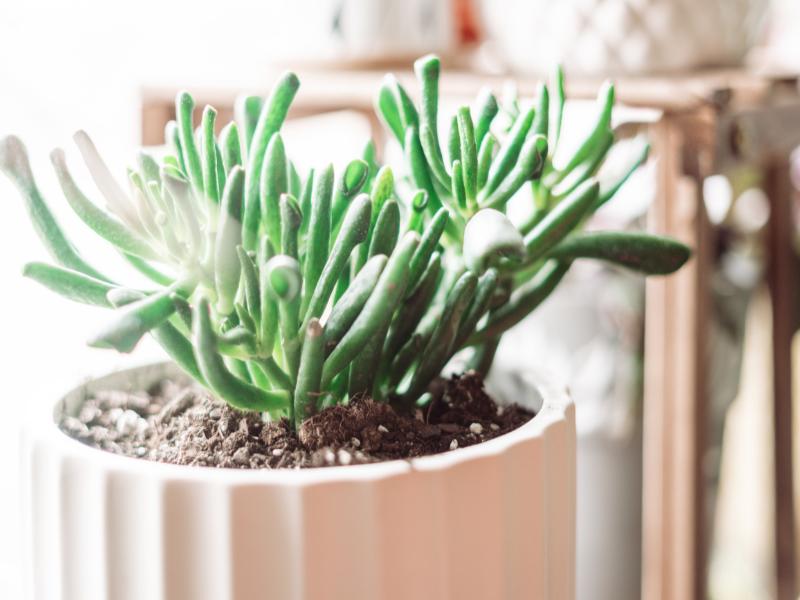
These plants are pretty unforgiving if grown in soggy soil. The Ogre ear should be grown in well-draining soil.
If you have a ready cactus soil mix, it will make the perfect substrate for growing the plant. Supplement the mix with perlite in a ratio of 2:1.
You can also use a sandy soil mix and the standard potting soil.
For growers who prefer the plant as bonsai, use a ready soil mix that can be purchased from popular online stores such as Etsy and Amazon.
Watering the Ogre Ear Succulent
First, it’s important to note that your climate will impact the amount of water you need for the plant. While many succulents will survive in dry weather, they may dry up if the watering needs are completely ignored.
The most important thing to pay attention to when growing this plant is the moisture content of the soil. Moist soil will provide all the water the plant needs, while overly wet soil could lead to root rot and even kill the plant.
The plant’s watering schedule depends on the environment in which the plant is grown. The Gollum Jade should be watered once weekly for people living in dry areas during the growing season. This amount can be reduced to once every two weeks during other seasons, such as spring and fall.
For people who reside in areas with plenty of rainfall, watering isn’t a requirement that you should be worried about since overwatering can damage the plant’s roots.
If the Ogre Ear is growing indoors, it shouldn’t be watered frequently, especially if the plant doesn’t receive much light. Excessive watering and insufficient light are a recipe for failure with these plants!
To determine if the plant needs watering, always check on the moisture content of the soil. If the top part of the soil dries to an inch or below, it’s watering time. If you are unsure about the soil dryness, it’s better to let the plant be than water it.
Signs of overwatering will include the plant turning yellow. So, once you notice these signs, change the watering schedule.
When and How to Fertilize Shrek’s Ear Succulent
This Crassula plant is truly low maintenance since it doesn’t need fertilization. However, you can fertilize the plant to encourage flowering.
During the flowering stage, this plant will use a lot of energy and using some fertilizer could go a long way in encouraging blooming.
Fertilization should be done during the growing season, usually spring and summer.
For best results, dilute the fertilizer to half strength and apply it after every 14 days. Balanced fertilizers or fertilizers made for succulents are the most suitable for the plants.
Repotting
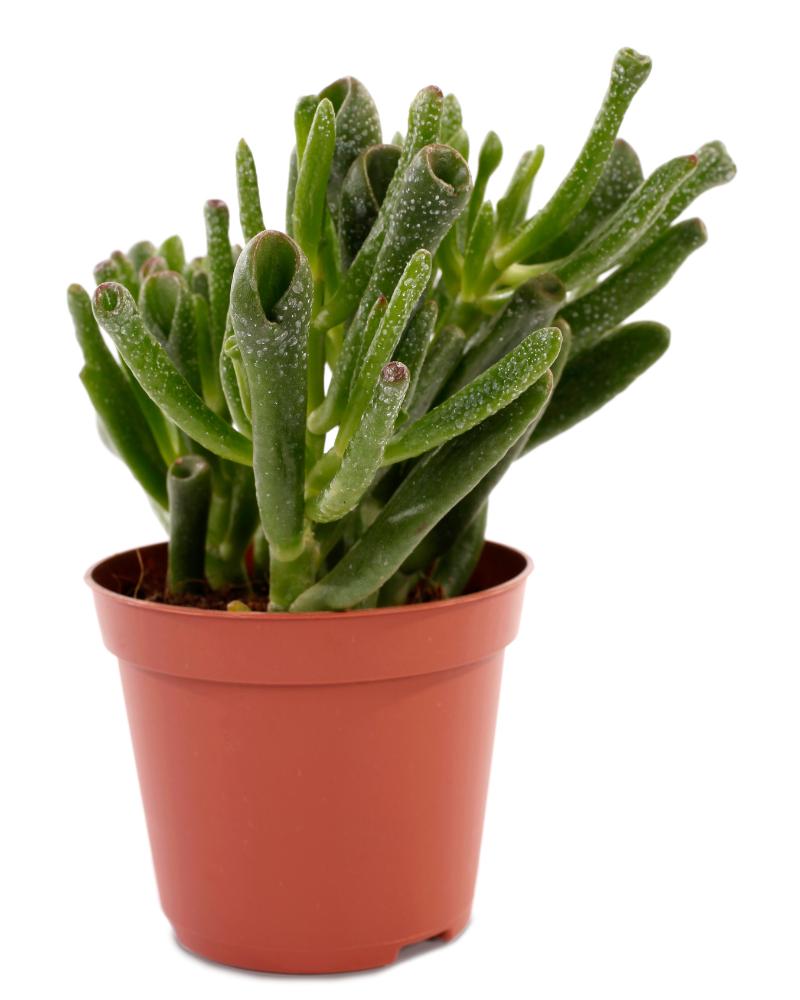
If you think watering and fertilizing needs are low maintenance for the finger plant, then you’ll marvel at its need for repotting. This plant can grow in the same pot for years, so there’s no need to worry about repotting!
This is one of the great features of these plants that makes them ideal for beginners.
If you choose to repot your plant, ensure that it’s done during the early spring before the growth period. To minimize transplant shock, reduce watering and fertilization.
Growing Gollum Jade as a Bonsai
Bonsai growers, both seasoned experts and beginners, can enjoy this plant since it’s very easy to maintain.
The plant can be easily trained to the right shape since it doesn’t pose many challenges when wiring and will adapt quickly to the shape.
To encourage the growth of new branches from the bottom, snip the new shoots. The best time to prune will be during the growing season (spring and summer).
For every cut area, two new trunks will develop. This plant can be grown in clumps of rosettes.
How To Propagate The Ogre Ear Succulent
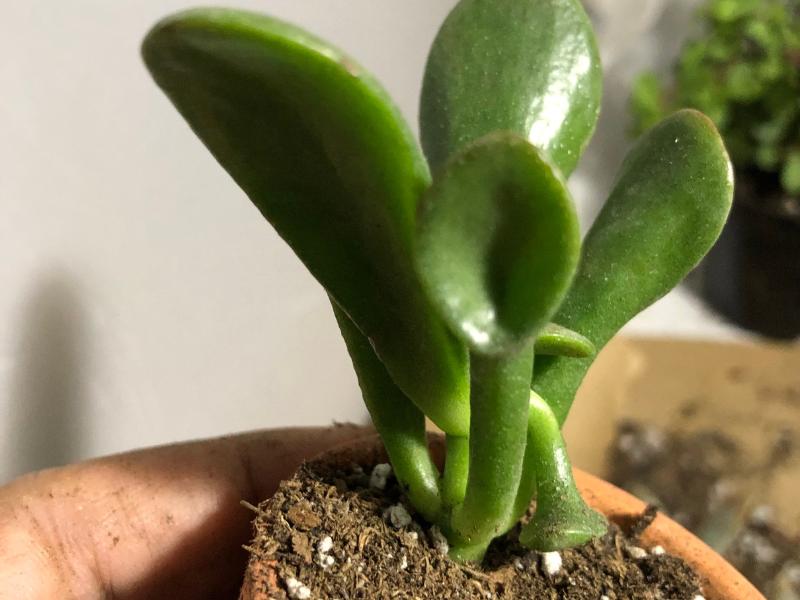
The Gollum jade can either be propagated through stem or leaf cuttings. While both ways will result in new plants, propagating through stems is recommended, especially for beginners.
Use a few leaves for leaf cuttings, as this reduces the risk of the leaves rotting before they develop into new plants.
Stem Cuttings
Step 1: Check your plant for a healthy stem. Cut out this stem and leave it callous over a day or two.
Step 2: At the end of the stem cuttings, apply some rooting hormone. This step isn’t necessary, but it may speed up root formation.
Step 3: Place a suitable potting mix in a pot with drainage holes. Please make a small hole at the center of the pot and place the Shrek’s ear cutting into it.
Step 4: Place the pot where it can receive plenty of indirect sunlight. Ensure the plant isn’t exposed to direct sunlight as it may dry. To improve the moisture content, mist the soil every couple of days.
Step 5: If done correctly, roots will form on the new cuttings after about two weeks, and the new plant will become established in a month.
Step 6: Once the plant is well established, minimize the misting and begin normal watering. As the plant develops, increase exposure to sunlight.
Leaf Cuttings
Step 1: Find some healthy leaves in the plant that aren’t diseased, damaged or discolored. Carefully remove the identified leaves with the base. Don’t use force to remove leaves, as they may be damaged.
Step 2: Again, apply some rooting hormone to the cuttings to encourage root development
Step 3: Allow the removed leaves to drain excess water for a day or two. Ensure they aren’t exposed to direct sunlight during this time, as they may dry off completely. This may cause the leaf cuttings to die off.
Step 4: Get a suitable potting mix for the plant and place it in a pot with drainage holes. Drainage is crucial to reduce the risk of the plant becoming waterlogged.
Step 5: Place the leaves on the soil and press the cut end into the soil.
Step 6: Leaf cuttings may take months to develop a well-established root system. This is why the leaf-cutting method is complicated compared to the stem-cutting method. Once the plant is well established, you can proceed with the normal care method.
Common Issues With The Gollum Jade
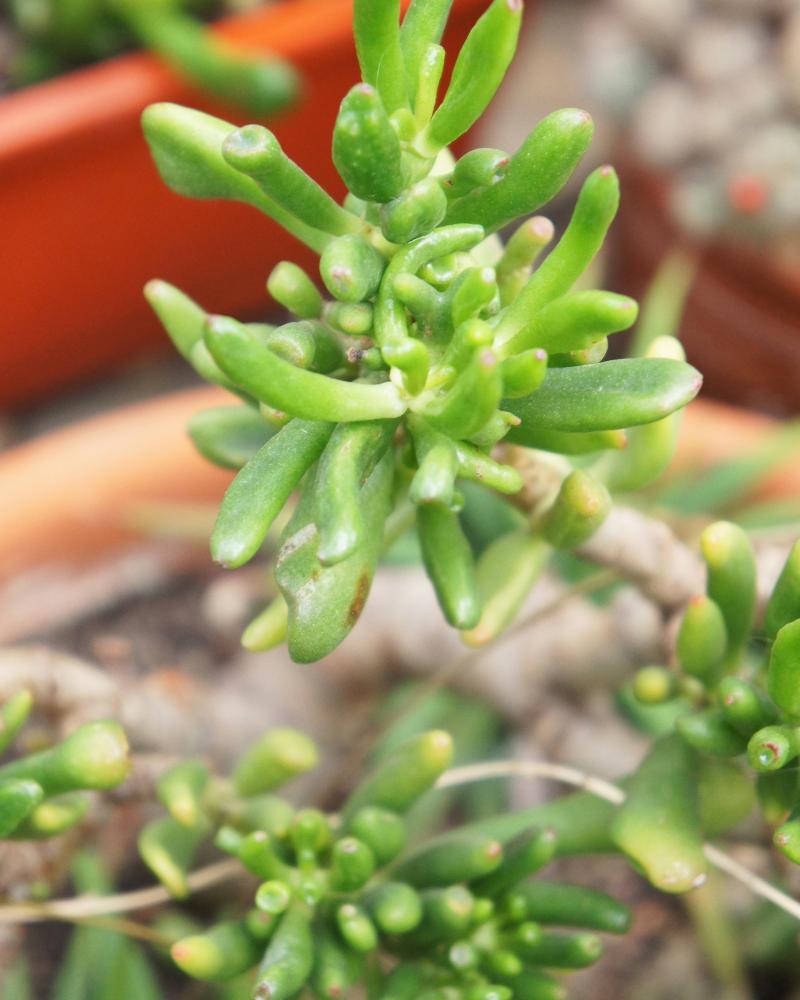
Even though plants from the Crassula genus are considered problem-free and low maintenance, there are several issues you should pay attention to further their development.
One of the crucial things to pay attention to is watering. The watering schedule of the plant will determine its development.
Here are the common issues to look out for.
Pests
When grown indoors, the Ogre Ear succulent will not be susceptible to pests and diseases. However, when you move the plant outdoors, you could encounter problems with spider mites and mealybugs that may hide in the tubular leaves.
To handle such pests, rub the leaves with some insecticidal soap solution or neem oil. Even though infestations are rare in the plant, if they do occur, go for pesticides to handle the problem.
Black Spots
We have already mentioned that the Gollum Jade is sensitive to overwatering, which can cause its roots to rot.
One of the common signs of an overwatered plant is black spots on the leaves.
If the plant is grown outdoors and in a rainy area, it’s likely to develop this problem.
When you encounter such an issue, use sterilized scissors, shears, or knives to remove the affected leaves.
Let the plant dry out for a little while by delaying its watering. For plants growing outdoors, you should find a new spot for the plant.
Leaves Wilting, Shriveling, and Falling Off
Even though overwatering can be dangerous to the plant, leaving the plant without water for too long is just as bad.
If the leaves start shriveling, wilting, and falling off, then it may be a sign that the plant is underwatered. Check the plant’s moisture content and increase the watering frequency until the plant recovers.
It’s also important to pay attention to other growing conditions, such as light, temperature and humidity. The plant’s watering needs will change with any of these factors.
Just because they are easy to maintain, it doesn’t mean they should be completely ignored.
Frequently Asked Questions
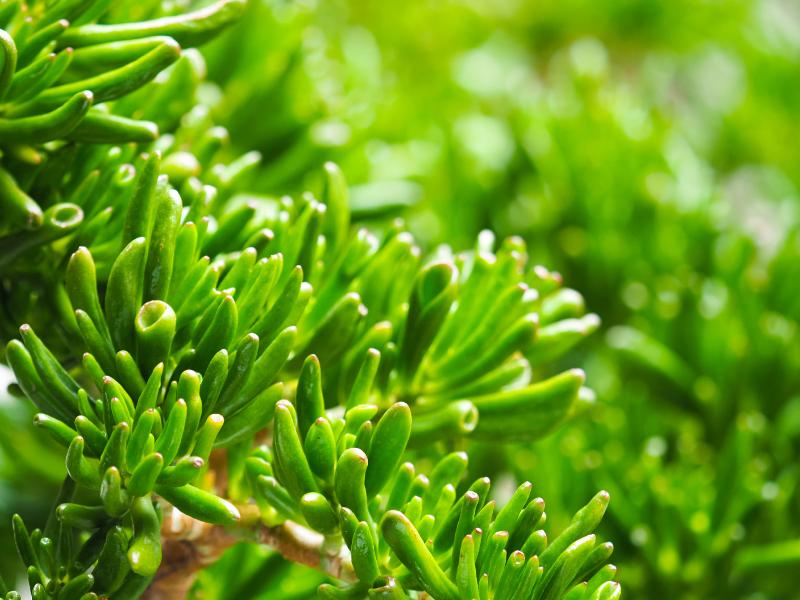
Is the Ogre Ear succulent toxic?
Yes, this plant is mildly toxic. The Crassula ovata Gollum can cause different issues once ingested, such as swelling, diarrhea and loss of appetite. As such, keep this plant away from pets such as cats, dogs, and children.
What is the difference between an ogre ear succulent and a jade plant?
The Shrek’s ear plant is a species of the Crassula ovata, also known as the jade plant.
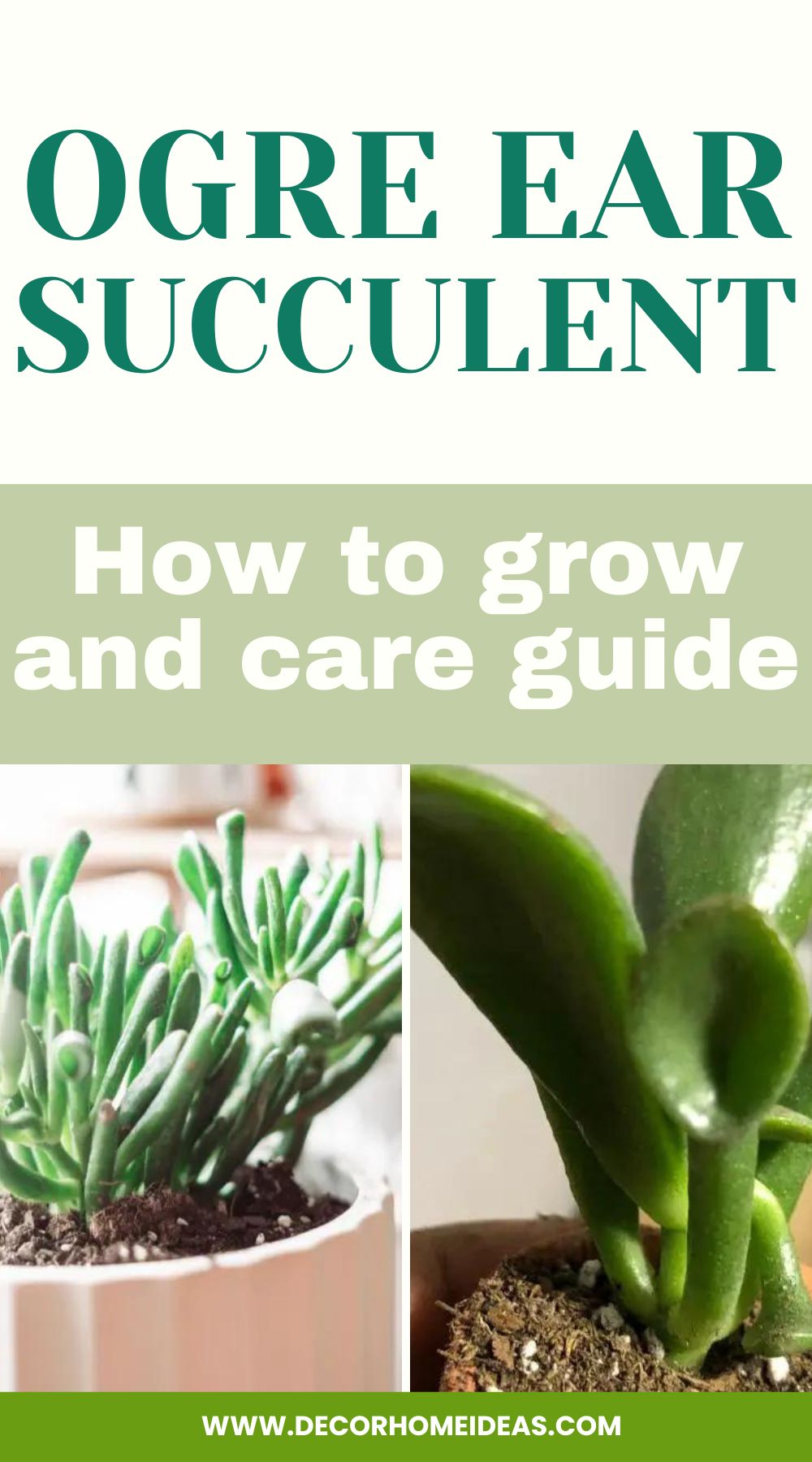
Conclusion
The ogre Ear succulent is the perfect low-maintenance plant to grow outdoors or indoors. While it has a bit of an odd shape, it makes the plant even more unique and interesting in your garden or collection.
If you are a fan of motion pictures, such as Shrek and The Lord of the Rings, here is something to remember these movies by.
This succulent is the go-to plant for beginners looking for a plant that’ll survive with no need for intensive care. But remember, the more effort you put into caring for the plant, the better it will thrive.
So, have fun growing this plant! It’s the closest that you’ll come to these mythical creatures.

